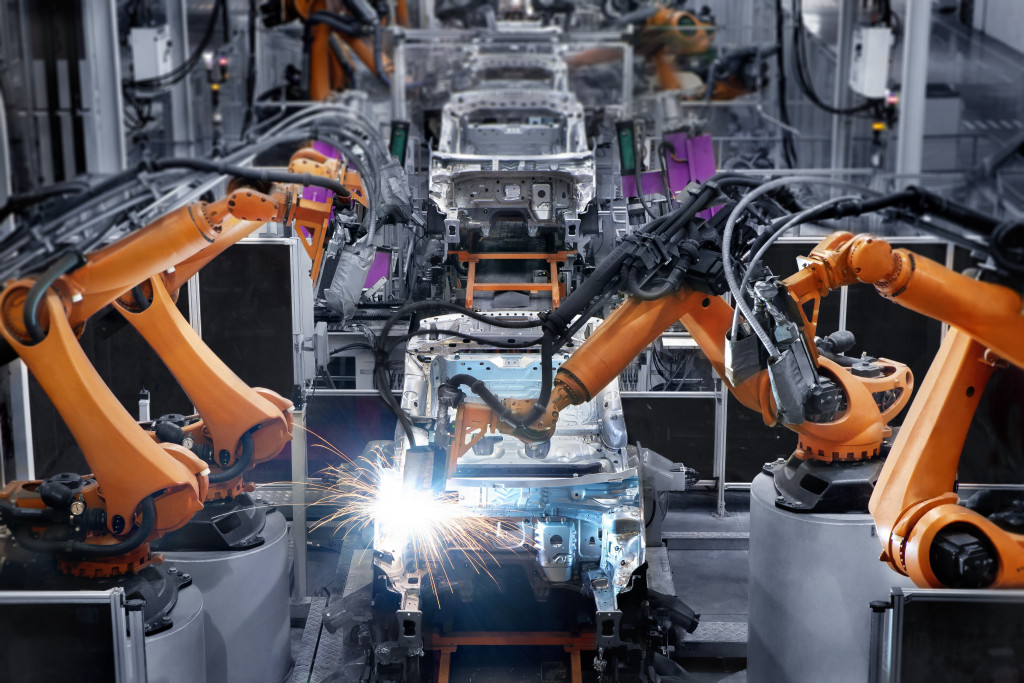Many companies rely on manufacturing processes to deliver high-quality products. This step is especially true when a company’s branding is necessary around customer satisfaction. Manufacturing allows for tight quality control and consistent results, which are vital to delivering a high-quality product. There will be plenty of factors involved in ensuring your products are excellent. Still, it starts with creating a manufacturing system built around reliable workers, secured materials, and, most importantly, functional equipment.
Manufacturing equipment in good working condition is essential to delivering high-quality products. It can be challenging, as manufacturing equipment is often expensive and delicate. However, there are a few key ways to keep equipment functional and ensure high-quality results. If you want to deliver high-quality, these steps will be necessary for your manufacturing tools.
Regular Inspection
A manufacturer’s ability to produce high-quality products relies on the condition of its manufacturing equipment. Equipment that is not functioning will produce products with defects. To ensure high-quality products, companies must have a routine inspection system.
Routine inspection of manufacturing equipment helps to identify any problems early on. It allows for quick and easy repairs, which keeps the equipment running smoothly and minimizes the chances of defects in the products. A regular inspection schedule also helps to ensure that the workers use the machines correctly and that any necessary repairs are prompt.
You can create a system of regular inspection by assigning a team of workers to inspect the machines regularly. This team should have appropriate training on how to identify and report any problems with the equipment. They should also know how to maintain and clean the machines properly.
The inspection team should keep a log of their findings so that you can track the condition of the equipment over time. This information can help you plan for future repairs or replacements.
Establishing a routine inspection system for manufacturing equipment can be difficult, as it requires time and resources. However, it is a necessary step in ensuring high-quality products. By taking the time to inspect and maintain equipment properly, companies can minimize defects and ensure that their customers are satisfied with the products they produce.
Maintenance and Repairs

Manufacturing equipment is often expensive and delicate, so companies must have a routine maintenance and repair process. This process helps keep the equipment running smoothly and minimizes product defects.
Routine maintenance and repairs require time and resources, but they are necessary to ensure high-quality products. Companies can minimize defects by taking the time to maintain and repair equipment properly and ensure that their customers are satisfied with the products they produce.
Once a piece of equipment breaks down or shows signs of wear and tear, your maintenance team should quickly take apart the equipment, clean it, make repairs, and put it back together. All these should happen while taking note of what needs to get done to prevent future breakdowns.
Preventative maintenance is a crucial aspect of keeping manufacturing equipment functional. Companies can minimize the chances of equipment breakdowns and product defects by regularly maintaining the machines.
Analyzing Equipment Effectiveness
Data is more accessible now than ever, and companies use it more frequently to improve their manufacturing processes. Data can help you understand your equipment’s effectiveness and identify areas that need improvement.
Equipment effectiveness data can help you understand which machines are working well and which need to be fixed or replaced. It can also help you pinpoint areas of the manufacturing process causing delays. By understanding your equipment’s effectiveness, you can make changes to improve the quality of your products.
Companies need to secure data from an Overall Equipment Effectiveness (OEE) standpoint. The OEE measuring system can help you identify inefficiencies in your manufacturing process. OEE is a metric that takes into account three factors:
- Availability: The percentage of time that the equipment is running
- Performance: The speed at which the equipment runs
- Quality: The number of products produced that meet quality standards
OEE data can help you understand where your machines need improvement. By understanding your equipment’s effectiveness, you can make changes to improve the quality of your products.
Equipment manufacturers are constantly working to improve the quality of their products. By keeping up with the latest technological advancements, they can ensure that their equipment is effective and efficient. Newer machines often have features that older devices do not, such as sensors and automatic shut-off valves.
Data analysis is a complex process, and it is essential to partner with an experienced data analyst. They can help you collect and interpret the data to make informed decisions about your manufacturing process.
Conclusion
Manufacturing equipment is a crucial part of any company’s production process. It is essential to keep the machines running smoothly to minimize product defects. Companies can do this by establishing a routine maintenance and repair process, regularly inspecting the equipment, and analyzing data to identify areas for improvement. By taking these steps, companies can ensure that their customers are satisfied with the products they produce.





